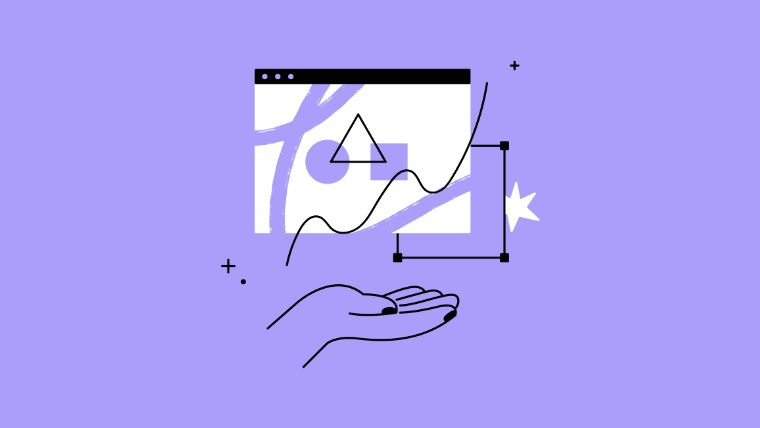With the rapid pace of admin turnover, the increase in downmarket motions, and the unsustainability of high-touch CS motions, self-serve resources are an imperative for businesses today.
And the data supports that.
2024 research conducted by Forrester (and commissioned by Intellum) found that 55% of customers engaged with one-off resources, as compared to longer form education content.

A survey of 600 customer success (CS) leaders earlier this year found that scaled success programs, including self-serve resources, were among the top priorities for CS teams.
With that in mind, what types of self-serve resources can and should we offer our customers?
1. Knowledge Base
One of the best resources for just-in-time learning is your knowledge base. This is where customers can find answers to their most pressing questions about how your product works—and how to get unstuck.
Your knowledge base should include things like FAQs, quick how-tos, and documentation to support troubleshooting.

If you don’t have a knowledge base yet, consider connecting with your support team to identify the top 10-20 customer questions. Use these as a starting point for your help center content! As your team makes product updates or ships new features, consider including documentation and support content as part of your release plan.
(Check out this blog on how to speed up help center content creation with AI.)
2. Video Tutorials and Walkthroughs
Similar to your knowledge base, video tutorials and walkthroughs help your users get started or get unstuck.
A tutorial video shows step-by-step instructions on how to do something. You may want a combination of shorter video tutorials that tackle a specific subject and longer video tutorials with chapters that tackle a workflow or feature set, like Mailchimp has done here:

(Get tips for creating great help videos here in this blog from Rich Benavides.)
Video walkthroughs provide users an overview of the features and functionality of a product. Think of this as giving users a “lay of the land” so they know what to expect, what’s included in the platform, and where to find what they’re looking for. (You can check out a video walkthrough example here.)
Short on time? AI-powered tools like Clueso and Videate can help you speed up the creation of video tutorials.
3. On-Demand Videos and Training
Many customer education programs start with live instructor-led training. (This is actually how HubSpot Academy started!). But not every customer can make the live dates and times—whether due to time zone or meeting conflicts.
On-demand training offers customers the opportunity to dive deeper without waiting for an upcoming live session.

In the beginning, you may simply post the recordings of live sessions to your learning management system (LMS). Ideally, these on-demand trainings are created specifically for on-demand learning—removing any references to the real-time event, such as encouraging learners to comment in the chat, which doesn’t make sense in the recording.
4. Certifications and Courses
Research has shown that companies with formalized, scalable, curriculum-based education initiatives see better results than those with more ad hoc programs.
The reason is these programs are typically competency-based—helping learners achieve certain goals or build specific skill sets.
Certifications and courses provide a more structured way to learn about your market and product.
Check out how Reddit leverages certifications to educate advertisers on their platform:

5. Enablement Resources
Customer education goes beyond your product—it helps customers to do their jobs better.
Customer enablement equips customers with the tools and resources they need to be successful with your product.
Enablement resources you provide could look like checklists, templates, or even sample launch plans, depending on the product or service you offer.
Check out how Appcues built “Made with Appcues”—a library of examples of what customers have built with Appcues—to provide inspiration to their customers.

6. Community Forums
Online communities are an incredible extension of your learning programs. When users have a product-related question, they can ask the community for support (like you see in Google Developer forums). If they want to expand on something they learned in your on-demand content, they can ask the community a question.
Check out this episode of Underscore to learn more about how customer education and community work together:
Diversify Your Self-Serve Learning Content
Remember: Just-in-time or referenceable content is a critical part of your customer education program. But longer form content that’s intended to drive business outcomes has a part to play, too. A strong program that drives results has a solid content mix of both types of content.


.png)
.png)

